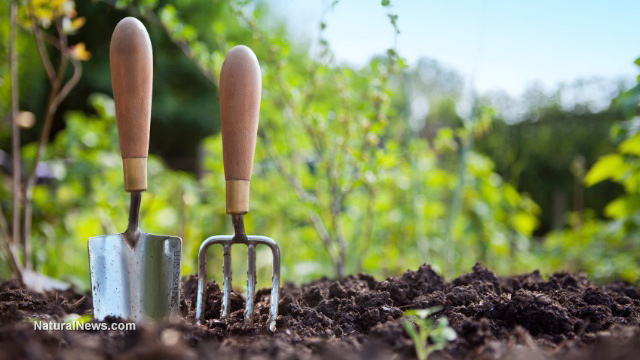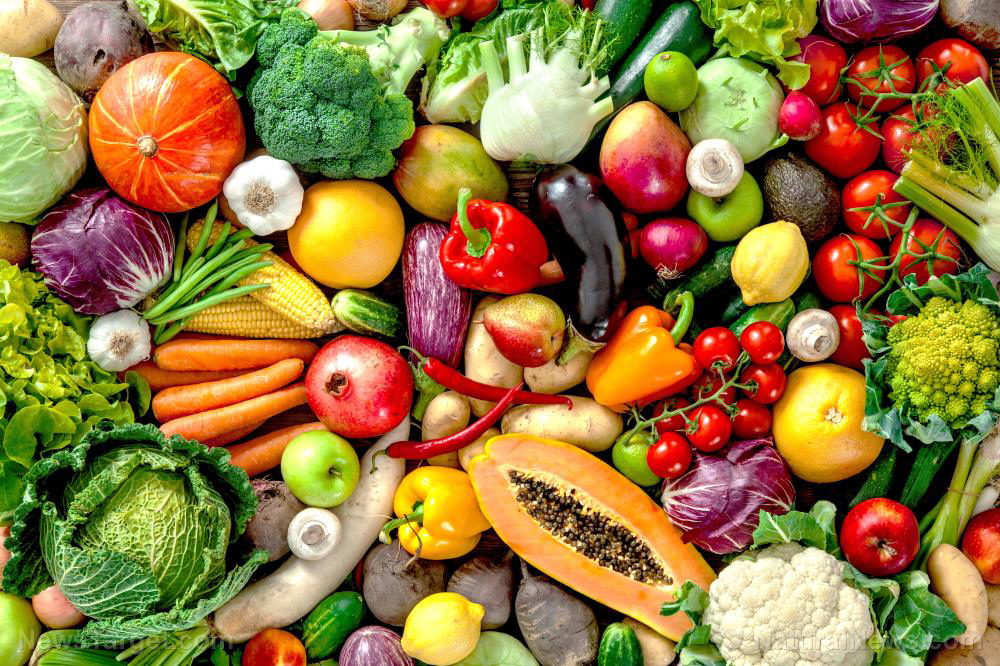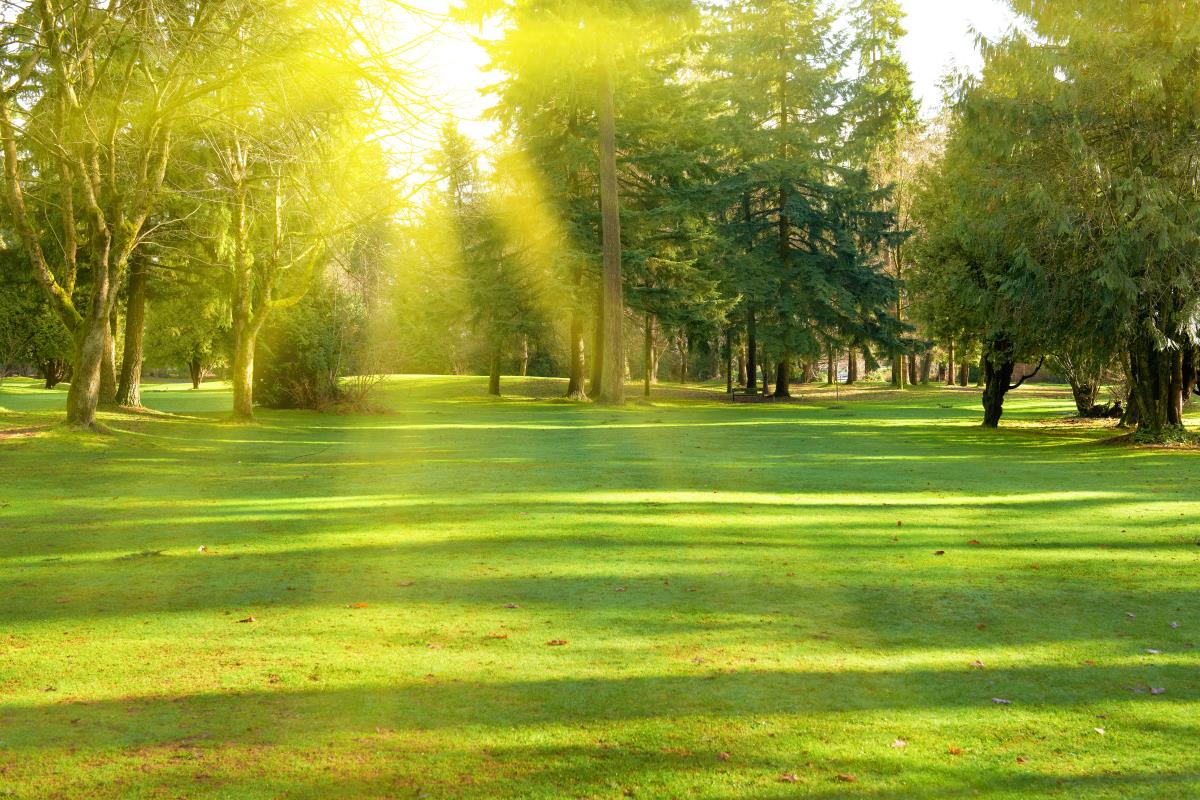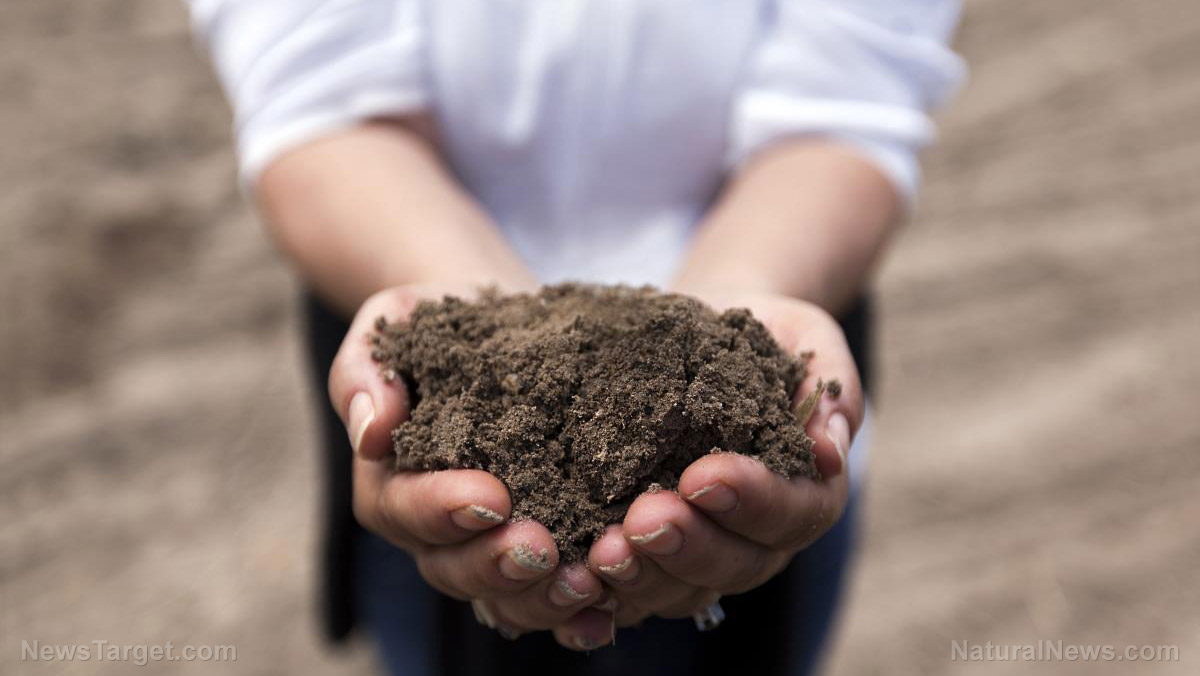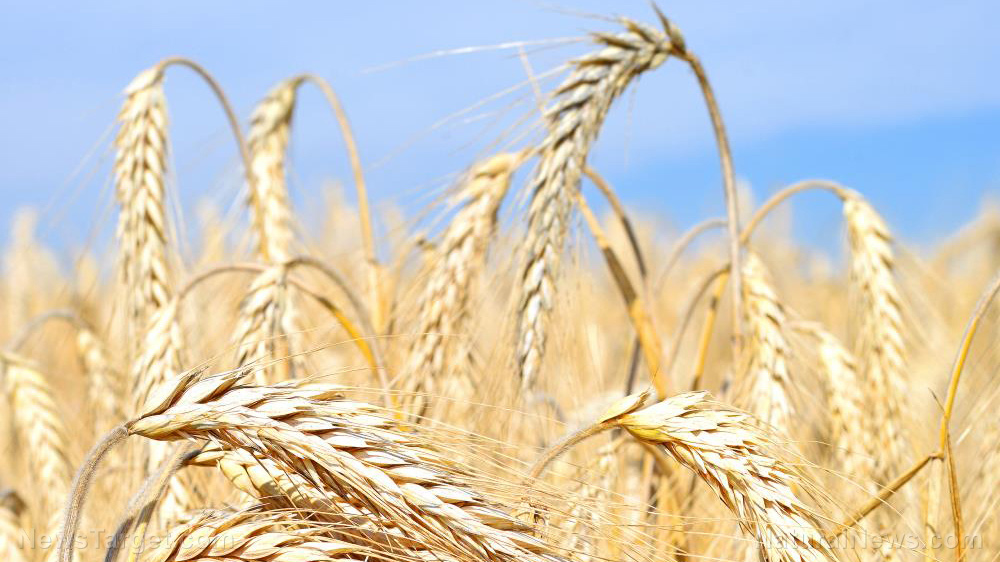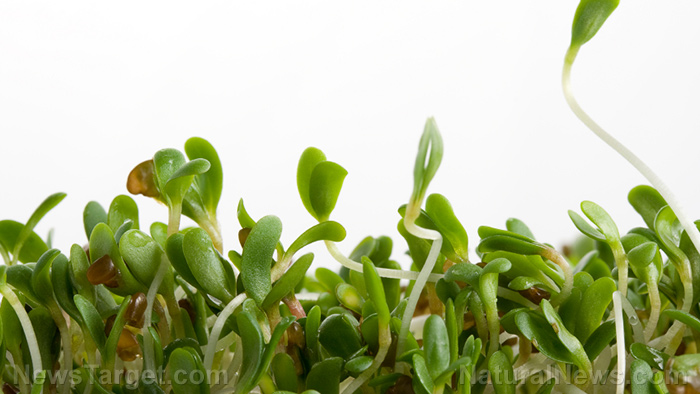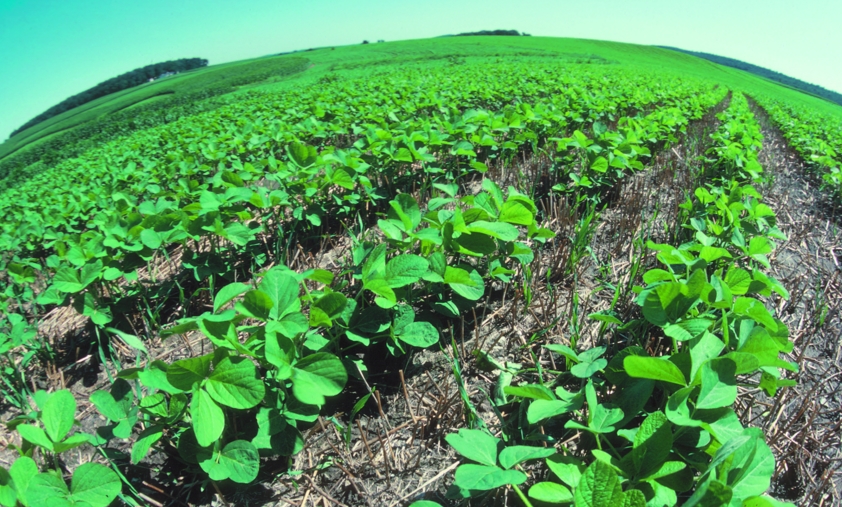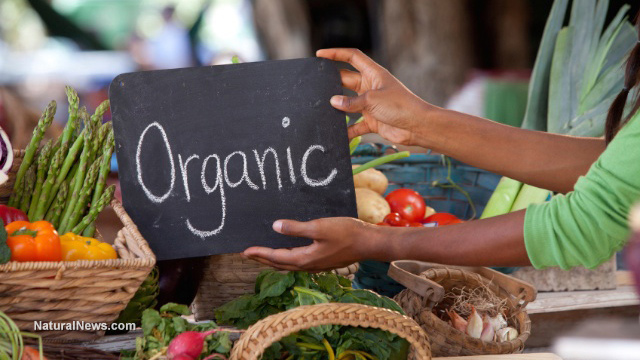Organic fertilizer blend effective at lowering cadmium levels in soil
05/25/2018 / By Edsel Cook

The presence of cadmium (Cd) in the fertile soil of California is bad news for growers and consumers alike. When large amounts of the heavy metal are absorbed by leafy vegetables, the crop becomes dangerous to humans. Researchers therefore came up with an organic fertilizer that can reduce Cd levels in soils and vegetables, according to an American Society of Agronomy article.
The Salinas Valley in Monterey County is one of the most productive farming regions in the state. The loam there also has higher amounts of Cd than normal.
Small amounts of Cd in the soil are to be expected. More often than not, the metal takes forms that resist absorption by plants and prevents contamination of crops. (Related: Tomato plants grown in heavy metal contaminated soil found to produce contaminated fruit.)
However, while Cd naturally comes from erosion of rocks, it can also result from human activity. Some of these include the burning of fossil fuel, the use of fertilizers, and the processing of metals.
Large amounts of Cd in the human body can disrupt the normal function of kidneys. It can also weaken bones by reducing their density.
Nations around the world therefore decided upon a safe limit for cadmium in food. Any product that exceeds these thresholds will be considered unfit for human consumption.
For farmers whose livelihoods depend on their produce, high levels of Cd in the soil could cost them the entire crop.
Soil additives protect vegetables by blocking absorption or altering cadmium
Study author Adrian Paul explained that his team looked into methods that could reduce the Cd absorbed by vegetables. This would benefit both producers and consumers. The former will be able to grow and sell safe crops while the latter will get food that they can eat without worry.
Paul looked into several soil additives (also called soil amendments) that could lower the Cd levels in California’s soil. His options were the salt forms of zinc and manganese, as well as limestone and biosolid compost.
For the experiment, 44 spinach plants were planted in cadmium-rich soil and grown inside a greenhouse. The plants received various mixtures of soil additives. At the end of the trial period, the researchers analyzed the levels of Cd in the spinach and compared the mixtures.
The soils additives followed two different methods. The first is to substitute different nutrients that will be absorbed by the plant and block Cd . The second is to change Cd into a form that cannot be absorbed.
Mixture of three soil additives reduces cadmium levels to nontoxic levels
According to their findings, a mixture of biosolid compost, limestone, and zinc showed the greatest effect. The combination reduced Cd levels in spinach plants to safe levels.
Future research would involve determining the best combination of the soil additives that will achieve the greatest effect in Cd reduction. Furthermore, the research team is interested in expanding the scope of their study to include other plants.
For example, lettuce is also vulnerable to Cd contamination. Earlier research showed that the tested soil amendments reduced levels of Cd.
Paul stressed the importance of farmlands as sources of food. Healthy soils produce healthy food for healthy people. Removing Cd and other heavy metals from agricultural fields is vital to both public health and local economies.
The study glossed over the origin of biosolids as a by-product of the sewage treatment process. Also called “biosludge,” biosolids are organic matter that contain plenty of nutrients for plants. However, given their origin as liquid waste full of chemicals, they might not be safe for use.
Stay aware of the latest warnings about dangerous heavy metals at Metals.news.
Sources include:
Tagged Under: agriculture, Biosludge, Biosolids, cadmium, cadmium contamination, California, contaminated soil, crop growth, crops, environment, farming, farmland, food, food science, future science, lettuce, limestone, organic fertilizers, plant growth, Plants, soil additives, soil amendment, soil contamination, spinach, toxic elements


